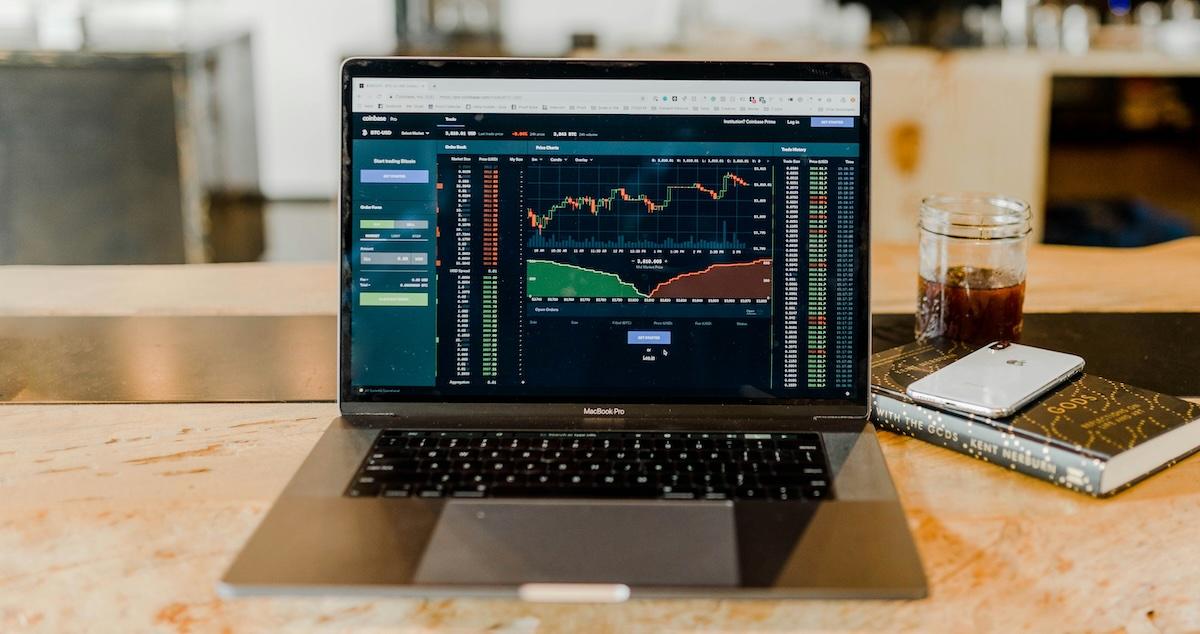The Influence of Real-Time Information on Green Consumerism and Behavior
Consumers must learn to filter and analyze real-time information to make informed decisions.
Published Feb. 25 2025, 7:18 p.m. ET

Information drives decision-making. Today, consumers have access to real-time data that shapes their choices instantly. Whether tracking breaking news, monitoring financial markets, or checking the Bitcoin price today, people now expect immediate updates to guide their actions.
This shift has transformed how businesses engage with consumers and forced brands to adapt to an environment where quick responses matter. Real-time information fuels purchasing behavior, influences stock trading, and can affect consequential social and political decisions.

Sustainability and Real-Time Consumer Choices
Instant access to information is also shaping sustainable consumer behavior. With real-time updates on carbon footprints, ethical sourcing, and green alternatives, consumers are making more informed choices about the products they buy. Brands that provide transparent sustainability metrics, such as real-time energy consumption data or live updates on supply chain emissions, are helping consumers align their purchases with their environmental values.
The power of instant updates is undeniable, but it also raises questions about impulse decision-making and digital influence.
Why Real-Time Information Drives Consumer Decisions
Consumers today want instant access to updates that impact their lives. People rely on immediate data to make informed decisions, from checking the latest cryptocurrency trends to watching real-time sports scores.
- Green Consumerism: Shoppers are increasingly turning to real-time eco-ratings and product impact scores to choose brands that prioritize sustainability. Companies that use live tracking for ethical sourcing, deforestation prevention, and fair-trade verification empower consumers to support environmental causes through their purchases.

- Financial Markets and Investments: Investors constantly monitor real-time stock and crypto updates. Many use live analytics to predict market movements and check Bitcoin prices before trading. This fast-paced approach increases trading activity but also creates volatility: emotional reactions often override long-term strategies, causing chaos.
- Retail and E-Commerce: Flash sales, limited-time offers, and exclusive online deals create a sense of urgency. Many brands use real-time notifications to influence last-minute purchasing decisions. Consumers act fast when they see stock levels drop or a deal about to expire.
- Social Media Trends: Viral trends drive real-time consumer choices. Platforms such as TikTok and Instagram create instant demand for products—often with influencers shaping purchasing decisions within hours. A trending post can sell out products overnight.
The Psychological Effect of Instant Information
Real-time updates tap into consumer psychology. They trigger emotional responses that often lead to immediate action. Several cognitive biases fuel this behavior:
- Fear of Missing Out (FOMO): Seeing others act on real-time information (buying Bitcoin or jumping on a flash sale, for example) pressures individuals to make similar choices.
- Recency Bias: Rather than patiently analyze long-term trends, consumers tend to give more weight to the latest updates. As a result, they make decisions based on the most recent information available.
- Instant Gratification: The expectation of immediate results fuels quick decisions. Consumers typically prefer real-time engagement and expect brands to respond to their needs quickly.
How Businesses Leverage Real-Time Information
Companies use real-time data to enhance pricing, marketing, and customer service.
Dynamic pricing adjusts costs based on demand, pushing consumers to act quickly before prices change. Personalized marketing delivers targeted ads based on browsing behavior.
The result? Brands more consistently reach the right audience—at the right moment. Instant customer engagement through chatbots and social media builds trust by providing quick responses

The Risks of Real-Time Influence
While instant updates empower consumers, they also present several challenges.
For example, consumers often make decisions impulsively. Acting too quickly on real-time data can lead to regretful purchases or even devastating financial losses. This is especially true in fast-moving markets such as cryptocurrency and stock trading.
Another risk of real-time influence is the spread of misinformation. Fake news abounds and is spreading easier than ever. As a result, public perception takes shape before facts can be verified, leading to market crashes and misinformation campaigns.
The environmental sector is not immune to these risks. Greenwashing, the term for companies that overstate or falsely claim sustainability efforts, can mislead consumers who rely on real-time updates to make ethical purchases. Without proper verification, rapid-fire eco-claims can fuel misinformation instead of meaningful change.
Finally, consumers must deal with digital overload. Constant notifications and alerts create a sense of urgency, often leading to increased stress levels and reduced decision-making clarity.
Finding Balance in a Fast-Paced Information Era
Consumers must learn to filter and analyze real-time information to make informed decisions. Relying on trusted sources ensures accuracy when making financial decisions.

Instant updates may fuel engagement and drive purchasing decisions; however, they also pose risks, ranging from impulsive decision-making to misinformation overload. Businesses must provide immediate yet reliable information while maintaining consumer trust. For sustainability-focused companies, this means offering verified, transparent data on their environmental impact rather than relying on vague green claims.
As technology evolves, those who can offer real-time information responsibly will not only keep up with the pace of the digital world but also shape its future.